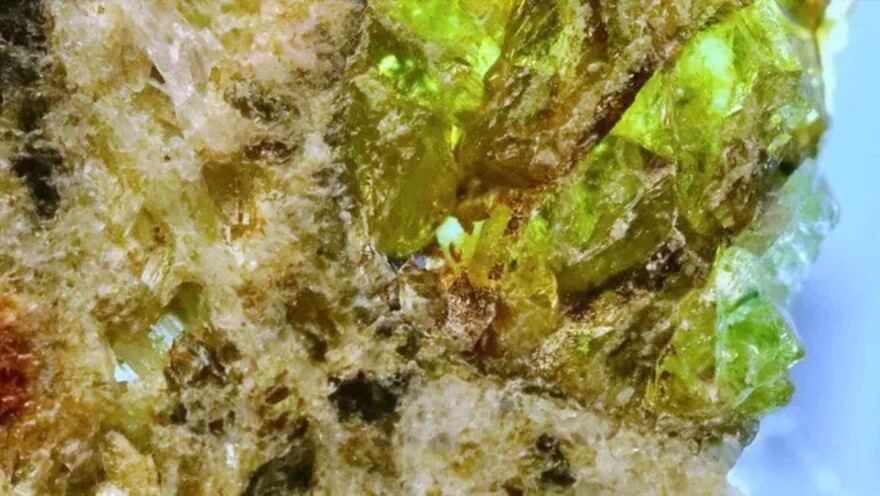A meteorite found in the Sahara has an unusual chemical composition, which may change our understanding of the formation of the Solar System. It can be used to calculate the age of space objects more accurately.

Unusual meteorite
The meteorite named Erg Chech 002 was found in May 2020 in the sandy sea of Erg Chech, in the Sahara Desert in southern Algeria. It contains characteristic greenish crystals. They helped scientists understand what was happening in the Solar System billions of years ago.
In a new study published in the journal Nature Communications, isotopes of lead and uranium were analyzed, and it is estimated that its age is about 4.56556 billion years, with an accuracy of 120 thousand years.
This is one of the most accurate figures ever calculated for objects coming to Earth from space. The results also cast doubt on some common assumptions about the early Solar System. This is due to the fact that this is the world’s first “boomerang meteorite”, a rock that left Earth, spent millennia in space, and then returned.
Aluminum, uranium and the age of the meteorite
About 4.567 billion years ago, our Solar System was formed from a huge cloud of gas and dust. Among the many elements in this environment was aluminum, which existed in two forms. The first is a stable form, aluminum-27. The second is aluminum-26, a radioactive isotope formed mainly by star explosions, which eventually decays into magnesium-26. The aluminum isotope is very important for scientists who want to understand the formation and development of the Solar System. Because it decays over time, we can use it to date events, especially during the first four to five million years of our planetary system’s life.
However, in order to use aluminum-26 to understand the past, we need to know whether it was evenly distributed or condensed more densely in some places than in others. It will be necessary to calculate the absolute age of some ancient space rocks more precisely to find out.
Looking only at aluminum-26, we will not be able to do this because it decays relatively quickly.It is useful for determining the relative age of various objects, but not their absolute age in years. But if we combine aluminum isotope data with uranium and lead data, we can make some progress.
According to www.space.com
Follow us on Twitter to get the most interesting space news in time
https://twitter.com/ust_magazine


